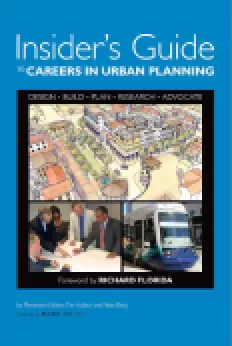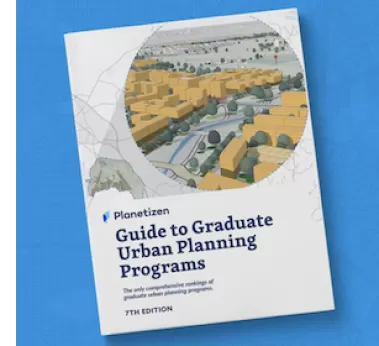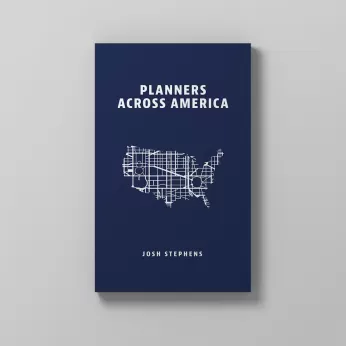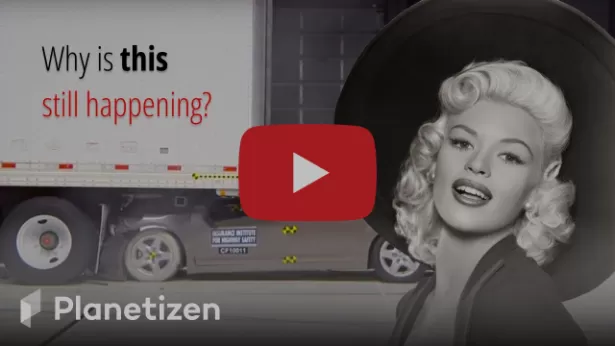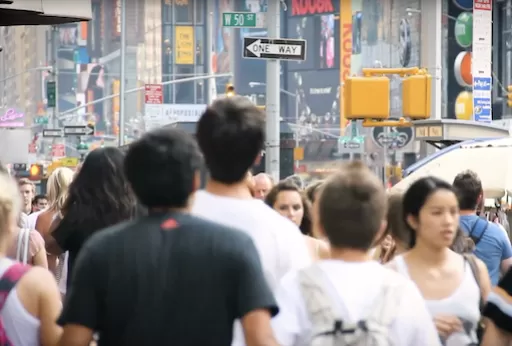"Opposing streetcars and light rail today would be like opposing the building of freeways, the Beltway and Metrorail in the 20th century," writes Chris Leinberger in an op-ed for the Washington Post.
Leinberger argues that streetcars are the next step in the evolution of the Washington D.C. metropolitan area that began with Metrorail in the 1970s.
Showing remarkable foresight, the civic leaders of this region invested in the first new heavy-rail system the country had seen in decades. Starting in the late 1970s, Metrorail radiated from downtown D.C. in a manner similar to the freeways. Today, more than 80 percent of new employment growth occurs within walking distance of a Metrorail station, providing employers and residents an environmentally sustainable way of living and creating wealth for their families and the region.
Streetcars in Arlington County and the District as well as Maryland’s proposed Purple Line light rail are the next steps in this evolution.
Leinberger also makes the argument in support of the much costlier investment in streetcars as compared to buses.
Streetcars have shown that the corridors they traverse redevelop rapidly, which did not happen with buses. Why? Streetcar lines are permanent, signaling to the private market that the transportation system is not going to change tomorrow. Also, middle-class Americans like streetcars. Consumers who have a choice ride streetcars and other rail transit but generally not buses.
I have seen billions in privately funded economic development around streetcar, light rail and Metrorail stations. I have yet to see much private investment at bus stops.
FULL STORY: Riding light rail and streetcars into better communities

Planetizen Federal Action Tracker
A weekly monitor of how Trump’s orders and actions are impacting planners and planning in America.

Chicago’s Ghost Rails
Just beneath the surface of the modern city lie the remnants of its expansive early 20th-century streetcar system.

Amtrak Cutting Jobs, Funding to High-Speed Rail
The agency plans to cut 10 percent of its workforce and has confirmed it will not fund new high-speed rail projects.

Ohio Forces Data Centers to Prepay for Power
Utilities are calling on states to hold data center operators responsible for new energy demands to prevent leaving consumers on the hook for their bills.

MARTA CEO Steps Down Amid Citizenship Concerns
MARTA’s board announced Thursday that its chief, who is from Canada, is resigning due to questions about his immigration status.

Silicon Valley ‘Bike Superhighway’ Awarded $14M State Grant
A Caltrans grant brings the 10-mile Central Bikeway project connecting Santa Clara and East San Jose closer to fruition.
Urban Design for Planners 1: Software Tools
This six-course series explores essential urban design concepts using open source software and equips planners with the tools they need to participate fully in the urban design process.
Planning for Universal Design
Learn the tools for implementing Universal Design in planning regulations.
Caltrans
City of Fort Worth
Mpact (founded as Rail~Volution)
City of Camden Redevelopment Agency
City of Astoria
City of Portland
City of Laramie








